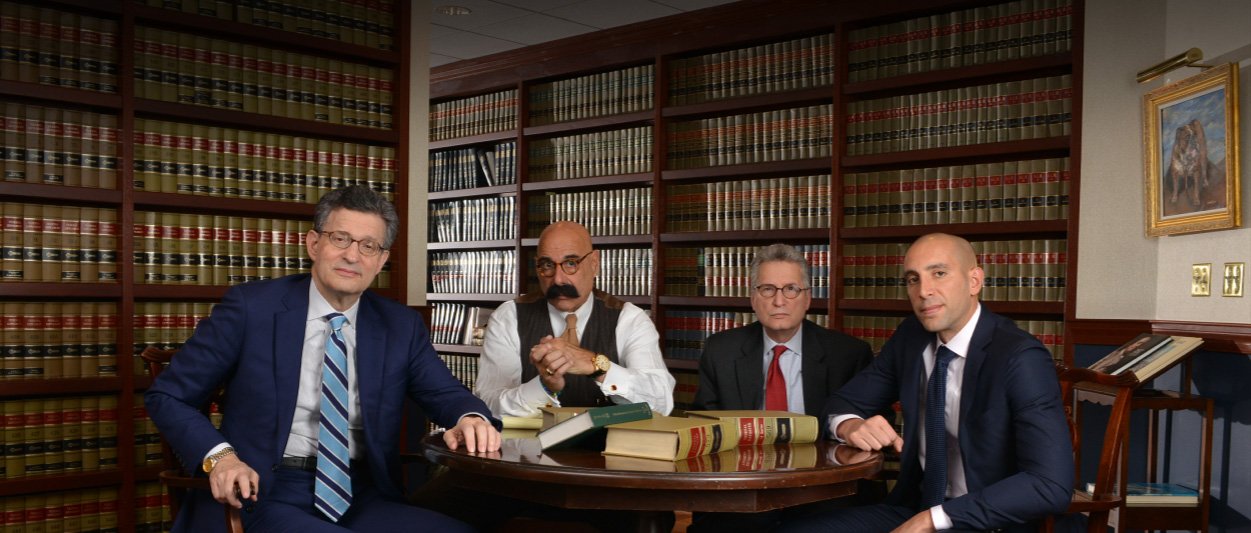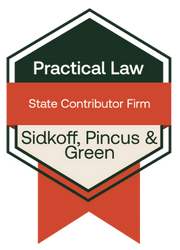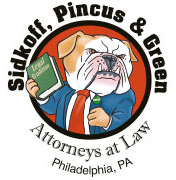What Is Trademark Infringement, and How Can I Protect My Business?

A trademark can include a name, logo, slogan, or any symbol that identifies and distinguishes a business’s goods or services from those of others. When another party uses a similar mark without permission in a way that could cause confusion among consumers, it may amount to trademark infringement. Understanding how to recognize, prevent, and respond to infringement is essential for any business owner looking to safeguard brand integrity and reputation.
What Is the Meaning and Impact of Trademark Infringement?
Trademark infringement occurs when one party uses a mark that is identical or confusingly similar to a registered trademark owned by another party, in connection with related goods or services. The key issue is whether the unauthorized use is likely to cause confusion among consumers about the origin or sponsorship of the goods or services. Even if the infringing party did not intend to mislead consumers, their use of the mark may still constitute infringement if confusion is likely to result.
The consequences of trademark infringement can be significant. A business may experience loss of sales, dilution of brand value, and damage to its reputation. Customers might associate the infringing product or service with the legitimate trademark owner, leading to confusion or dissatisfaction. Over time, this can erode customer loyalty and weaken the brand’s distinct identity in the marketplace.
How Can Businesses Identify and Prevent Trademark Infringement?
Preventing infringement begins with careful trademark selection and registration. Before adopting a mark, businesses should conduct a thorough search to ensure it is not already in use by another entity in a similar industry. This process can include searching databases maintained by the United States Patent and Trademark Office (USPTO), reviewing online platforms, and checking state business registries. A comprehensive search can help identify potential conflicts early and avoid disputes later.
Once a business has selected and cleared a mark, registering it with the USPTO offers substantial benefits. Federal registration provides legal presumptions of ownership and exclusive rights to use the mark nationwide in connection with the listed goods or services.
After registration, monitoring the marketplace is critical. Businesses should remain vigilant for unauthorized uses of their mark. This can involve setting up online alerts, monitoring social media, and reviewing new trademark applications that might conflict with their own. Promptly addressing potential infringements through cease-and-desist letters or other legal measures can prevent further damage and demonstrate the business’s commitment to protecting its brand.
Education and internal policy also play a role in prevention. Employees should be aware of the importance of trademarks and the need to respect others’ intellectual property rights. Establishing brand guidelines can ensure consistent use of the mark across all marketing, packaging, and communication materials, reinforcing its strength and distinctiveness.
What Legal Options Are Available When Trademark Infringement Occurs in Philadelphia?
If infringement is suspected, the first step is to evaluate the situation carefully. Businesses should gather evidence of the unauthorized use, including screenshots, advertisements, or examples of the infringing product. Consulting with an attorney experienced in trademark matters can help assess whether the use meets the legal standard for infringement and determine the best course of action.
In many cases, disputes can be resolved without going to court. A cease-and-desist letter often serves as the initial step, informing the infringing party of the trademark owner’s rights and requesting that they stop using the mark. Frequently, this approach is sufficient to end the infringing behavior, particularly if it resulted from a misunderstanding rather than deliberate misuse.
If informal efforts fail, legal action may be necessary. A trademark owner may file a lawsuit in federal court to seek remedies that can include injunctions to stop the infringing activity, monetary damages, or recovery of profits gained through unauthorized use. In certain cases, the court may also award attorney’s fees. Taking decisive legal action can not only resolve the immediate issue but also deter future infringement by others.
Frequently Asked Questions
What is the difference between trademark infringement and trademark dilution?
Trademark infringement involves unauthorized use that causes confusion among consumers about the source of goods or services. Trademark dilution, by contrast, occurs when use of a similar mark weakens the distinctiveness of a famous mark, even if there is no confusion or direct competition.
Can I enforce trademark rights if my mark is not registered?
Yes, unregistered marks may have protection under common law, particularly in the geographic areas where they are used. However, federal registration provides broader and stronger protection, making enforcement easier and more effective.
Can two businesses have similar trademarks?
In some cases, yes. If two marks are used for completely unrelated goods or services and are unlikely to cause confusion, both may coexist. The determining factor is whether consumers are likely to associate one business’s goods or services with the other.
Philadelphia Business Lawyers at Sidkoff, Pincus & Green P.C. Help Protect Your Business
Trademark infringement poses real risks to the identity and success of a business. By understanding what constitutes infringement, taking proactive steps to prevent unauthorized use, and responding promptly when infringement occurs, business owners can safeguard their brand and maintain consumer confidence. Speak with the Philadelphia business lawyers at Sidkoff, Pincus & Green P.C. about how we can help you. Contact us online or at 215-574-0600. Located in Philadelphia, we serve clients in Pennsylvania and New Jersey.



















